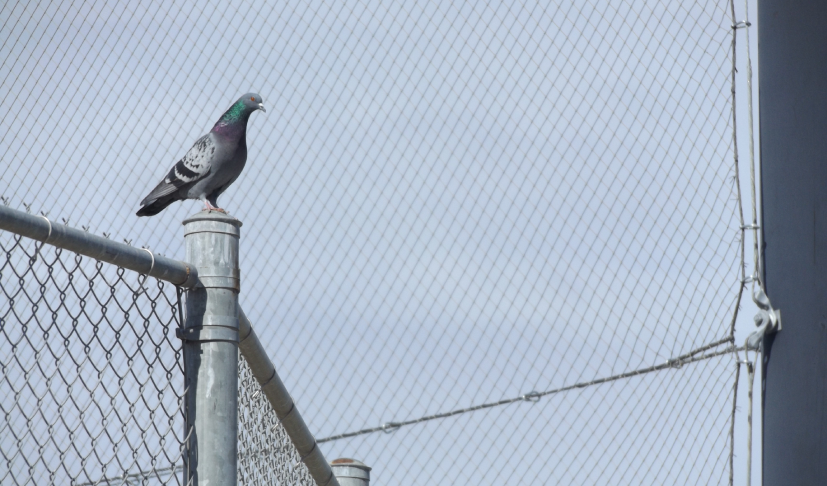Tropical Bed Bug
Tropical Bed Bug
Scientific Name: Cimex hemipterus
How to identify tropical bed bug
Bed bugs are parasitic insects of the cimicid family that feed exclusively on blood. Cimex lectularius, the common bed bug, is the best known, as it prefers to feed on human blood. Bed bug bites are caused primarily by two species of insects: Cimex lectularius (the common bed bug) and Cimex hemipterus, found primarily in the tropics. Their size ranges between 1 and 7 mm. They spread by crawling between nearby locations or by being carried within personal items. Infestation is rarely due to a lack of hygiene but is more common in high-density areas.

Where are tropical bed bugs commonly found?
Bed bugs spend much of their time in dark, hidden locations like mattress seams, or cracks in a wall.
Why are tropical bed bugs considered a pest?
Bed Bugs are not know to transmit disease but they do cause a variety of negative physical health, mental health and economic consequences. Many people have mild to severe allergic reaction to the bites with effects ranging from no reaction to a small bite mark to, in rare cases, anaphylaxis (severe, whole-body reaction). These bites can also lead to secondary infections of the skin such as impetigo, ecthyma, and lymphanigitis. Bed bugs may also affect the mental health of people living in infested homes. Reported effects include anxiety, insomnia and systemic reactions.
What is the biology and lifecycle of tropical bed bugs?
The insect goes through multiple nympal life stages, where their body shape and feeding behavior closely resembles that of the adult stage. The eggs of C. hemipterus have been known to hatch anywhere from 4-12 days after being laid. This species goes through five nymphal stages before developing into an adult, with each stage of nymphs being involved in human blood-feeding. The first four nymphal stages each go through an average development time of 3-4 days, while the fifth nymphal stage develops in 4-5 days. Compared to C. lectularius, C. hemipterus goes through slightly longer developmental phases. Adults can live anywhere from 6-12 months, with females typically living longer than males.
Management Tips for Tropical Bed Bug
A licensed pest control operator must only apply pesticides that are currently registered and permitted for use by the Australian Pesticides and Veterinary Medicines Authority (APVMA) for the control of bed bugs. The pesticide applied will be selected on its usage patterns. For example, dust is excellent at penetrating voids and cracks where bed bugs reside, but would not be as effective in a location where it can be dispersed by foot traffic and vacuuming.
Pesticide sprays are also used for the treatment of bed bugs. A product with a residual formulation is used and any risk areas of potential bed bug infestations are targeted. It is important to ensure accurate and direct application to target areas such as beading on mattresses, cracks and crevices in furniture and flooring If the pest control operator completes an inaccurate space spray, the fine droplets can excite the bed bugs. This in turn can cause them to excrete alert pheromones and can disperse the infestation to other areas.
It is important to consult the pesticide label before use as some pesticides cannot be applied to mattresses. At the end of the treatment the room should be well ventilated and re-entry periods observed. A follow up treatment visit should be conducted in about a week, to allow for hatching of eggs, and pesticide re-applied where necessary. The clients should be advised to limit the amount of cleaning so that the residual pesticide is not removed. Sprays may kill the bed bugs but they are ineffective on the eggs.









